These sessions afforded the orchestra’s chief composer and arranger the opportunity to experiment with different combinations of instruments, just to keep things fresh. More significant, Duke’s latter-day singers—Tony Watkins, Shirley Witherspoon, Kathy Myers, Bobby Gordon, Money Johnson, Anita Moore, and others—soon found themselves vocalizing in a stockpile session. It was all a matter of matching the Ducal classic to the vocalist and vice versa. The same could be said of instrumentalists recruited to replace legends who had left the band for one reason or another.
Numerous times, Duke booked a studio to rehearse material for an upcoming album (Blue Rose, Afro-Eurasian Eclipse, Togo Bravo Suite) or an upcoming concert (Apollo Theater, Steel Pier, Hollywood Bowl). So why not record the proceedings for further study and possible future release? These stockpile sessions helped the maestro prepare polished performances of old and new materials away from the public bandstand, away from the limelight.
Stockpiling in Germany
In the summer of 1970, Duke and the band commenced a five-week tour of Europe that began with a concert in Holland on Sunday, June 20, followed by concert stops in Luxembourg, France, Switzerland, and Sweden, before arriving in Cologne, Germany, for a most unusual session at the Rhenus Studio on July 9. This stockpile session would be the only one Ellington booked overseas; all the rest took place back home, mostly in New York City.[2] And we don’t have to guess what the maestro was up to and why, courtesy of a CD released on the Groenland label in 2015.[3]
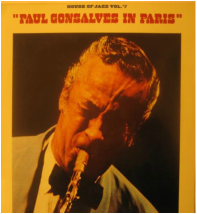
Takes one and two mirrored the Paris session that took place only three days before with one exception: newcomer Fred Stone soloed on flugelhorn instead of Cat Anderson. Norris Turney soloed on flute, and Paul Gonsalves wrapped a tenor obbligato around the orchestra’s closing restatement. On the third take, Duke changed things up: Stone and Gonsalves sat on their hands while Turney set aside his flute and soloed on alto.
What Ellington learned from the “Alerado” audition is a mystery. No later recording or set list is known to exist, although take two is included on an earlier 2008 Storyville release, titled New York, New York (to be discussed in my next blog).[5] Moreover, from all appearances, organ master Davis never recorded his tune, either, but he registered it with BMI (a search of Wild Bill’s many albums on Amazon.com revealed no reference to “Alerado”). He might have played it on a date somewhere. Who knows, it might surface on an LP or CD someday.
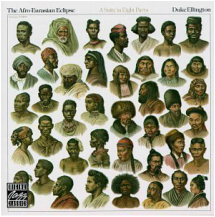
A simple, repetitive da-da-daaahh-dah melody is voiced at times by Wild Bill’s organ, other times by the sax section, both imbedded in a cacophony of animal noises by bass trombonist Chuck Connors (elephant, of course), trombonist Booty Wood (hippo), trumpeter Cootie Williams (brachiating chimpanzee), and by pianist Ellington (wild birds and other unrecognizable creatures).
On take two, the throbbing percussive bass (under-recorded on the first take) is front and center and heard quite well. Wild Bill’s organ is assigned a secondary role. Tenorist Paul Gonsalves is featured, his solo somewhat uncharacteristic, less smooth than usual, more “Afrique,” as he attempted to emulate the African soundscape. The take is concluded with a short unaccompanied solo by Gonsalves, with a full-band blast exclamation point.
The third take is a surprise. The orchestra is joined by a female singer, operatic soprano at that, Lena Junoff, who likely joined the band the day before at their stop in Gothenburg, Sweden. She accompanied the band during the remainder of the tour, flying back to New York on August 2, the day after which, she sang with Duke’s small band at the Rainbow Grill. Stanley Dance reviewed the gig for Jazz Journal:
Lena Junoff is a thin, blonde Swedish singer with lots of range and vocal technique, but not much jazz feeling. She sang “Strange Feeling” and “Funny Valentine” with nightclub dramatics to scant applause, but sounded better on Ellington’s “I’m Afraid.”[6]
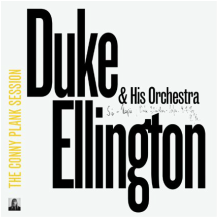
After the session—named for A&R man Conny Plank—the tour continued with a concert nearly every day, starting in Germany then to Denmark, Yugoslavia, Italy, France, Monaco, and Belgium, before flying back to New York August 2. The orchestra played “Afrique” at two concerts in Italy, and one in France.
Back in the States
The Eclipse went through another stockpile workout, this time in New York City on February 11, 1971. Finally, Duke Ellington and his orchestra recorded the Eclipse in its entirety, including the well-rehearsed “Afrique,” for the Fantasy label (F-9489) in the same city on February 17.[8] And guess what? Paul Gonsalves is not heard from and Wild Bill Davis is not even on the record.
The Rufus Jones insistent tom-tom pattern is heard again start to finish. Moreover, this time, he even wangled a lengthy drum solo. His leader said Jones was at his best in “African, jungle and oriental pieces.” Copy that! Duke is more prominent here, too, dropping rhythmic chord clusters and single-note punctuations throughout. Russel Procope is on clarinet, Harry Carney on baritone saxophone, and Norris Turney on alto sax state the theme. The “jungle” trombonists make another appearance.[9]
Overall, the final recorded version of Ellington’s tribute to mother Africa is more body shaking-ly rhythmic, more satisfying. Fans will nonetheless want to check out the stockpile versions.
- Ken Vail, Duke’s Diary: The Life of Duke Ellington 1954–1974 (Lanham, Maryland: ScareCrow Press, 2002), 381–84.
- Ibid.
- Duke Ellington & His Orchestra: The Conny Plank Session, Groenland CD, 5060238631709.
- Paul Gonsalves in Paris, House of Jazz, vol. 3, Blue Star LP, Gonsalves tenor saxophone with others, two sessions, November 17, 1969, and July 6, 1970.
- Duke Ellington New York, New York, Storyville Records CD, 1018402.
- Vail, Diary, 384.
- Ibid., 385–87.
- Ibid., 392–93.
- The Afro-Eurasian Eclipse: A Suite in Eight Parts, Duke Ellington Orchestra, Fantasy, OJCCD-645-2, initial recording February 17, 1971, remixed 1975, digital remastering 1991.
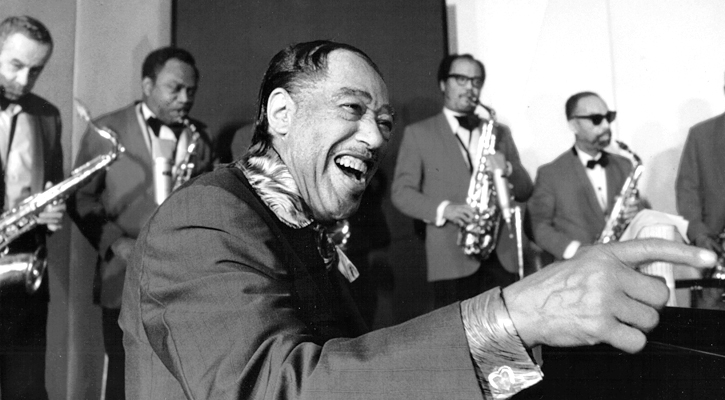
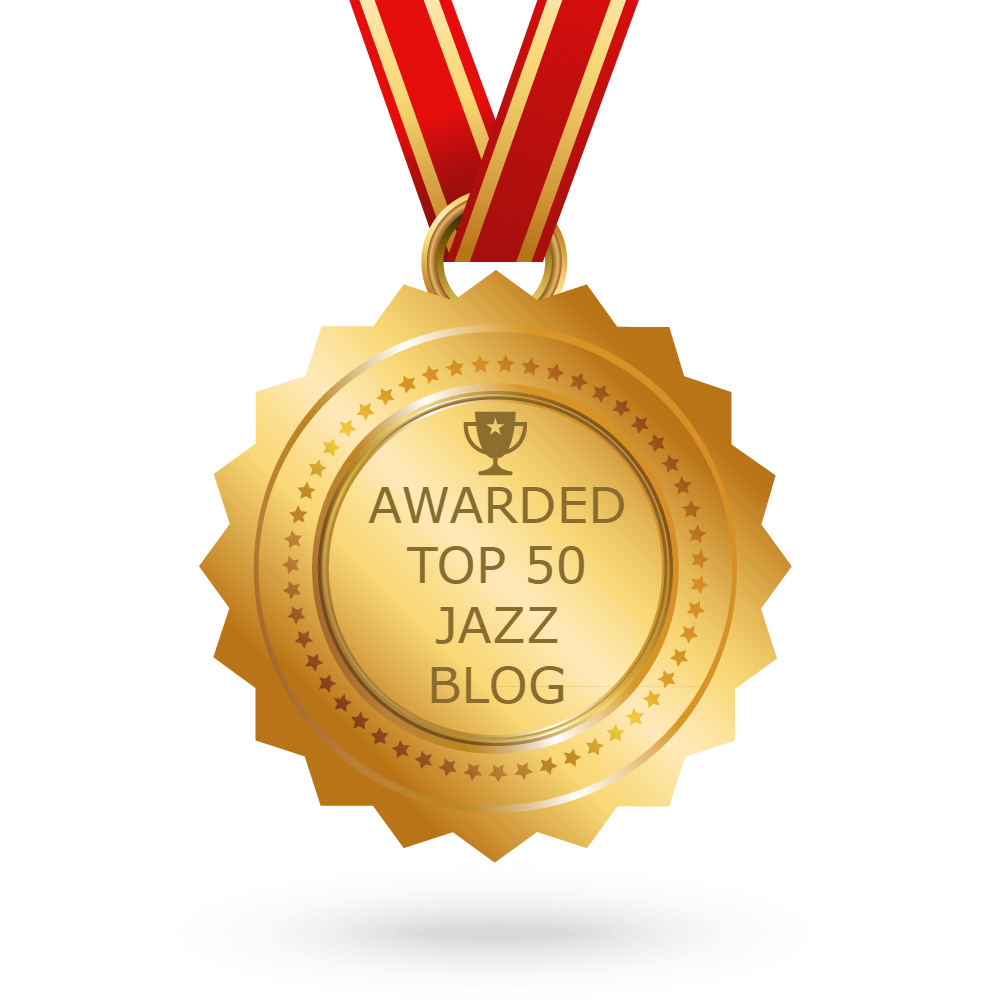
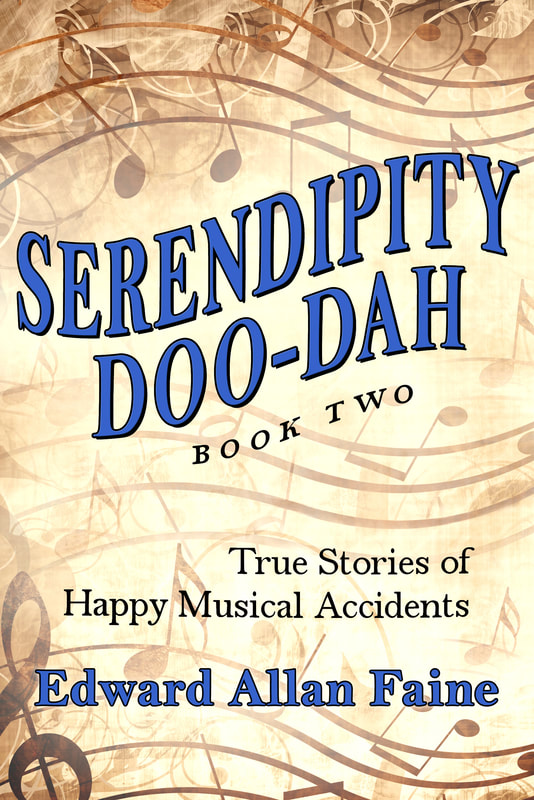

 RSS Feed
RSS Feed